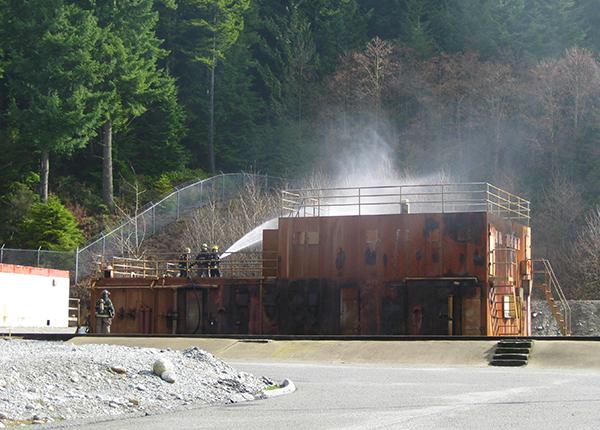Colin Parkinson
Army.ca Myth
- Reaction score
- 9,221
- Points
- 1,160
People would pay money to do the Navy DC course.@Kirkhill I don't think there is a Navy equivalent. The way we run our ships everyone has to be able to contribute to damage control, which means training at the DC school plus time on a particular class getting to know the way around and where the emergency kit is. There are usually some random spots on the ships like scullery for a few folks like that but usually it's for additional QL3 people doing their OJT as that's the only 'training bunks' we have, and untrained folks are basically passengers that need escorts if something happens.
A bunch of random teenagers also won't change the lack of trained crew, insufficient time alongside to do repairs, and lack of people/resources ashore to properly support the 30+ year old ships. And given that the AOPs were delivered with some signficant design flaws those are also sucking up a lot of resources (and crews we don't have).
Broken record here: Run a naval SYEP,
1st week, how the military works, how to look after yourself. Introduction to your right and left foot and why they are different.
2nd week- basic boat work, knots, terminology, sailing, oars, and small outboards.
3rd week More advanced boat work
4th week Marine survival, Marine first Aid, basic firefighting
5th week basic Damage Control and introduction to big ships
6th week Basic weapons drill and safety, 1-2 day range time
7th week more big ship stuff
8th week tests and retests, graduation with demonstrations
Successful Candidates get a SVOP, MED 1,2,3 They are now employable in the marine industry. Candidates can be sponsored by other government departments (HRC). Recruiters attend the 8th week and try to sign people up.
Not enough Instructors? Contract out the day to day training to ex-CAF members.


